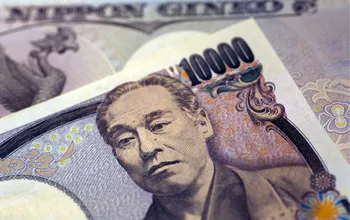Review of a strong late week recovery for US stocks driven by AI optimism and the BoJ's rate hike. Also covers the year 2025's market drama (gold high, oil low), previews the upcoming week's key events like US GDP, and features a detailed look at silver's major price breakout.
19-12-2025 21:28 GMT
by Zain Vawda





